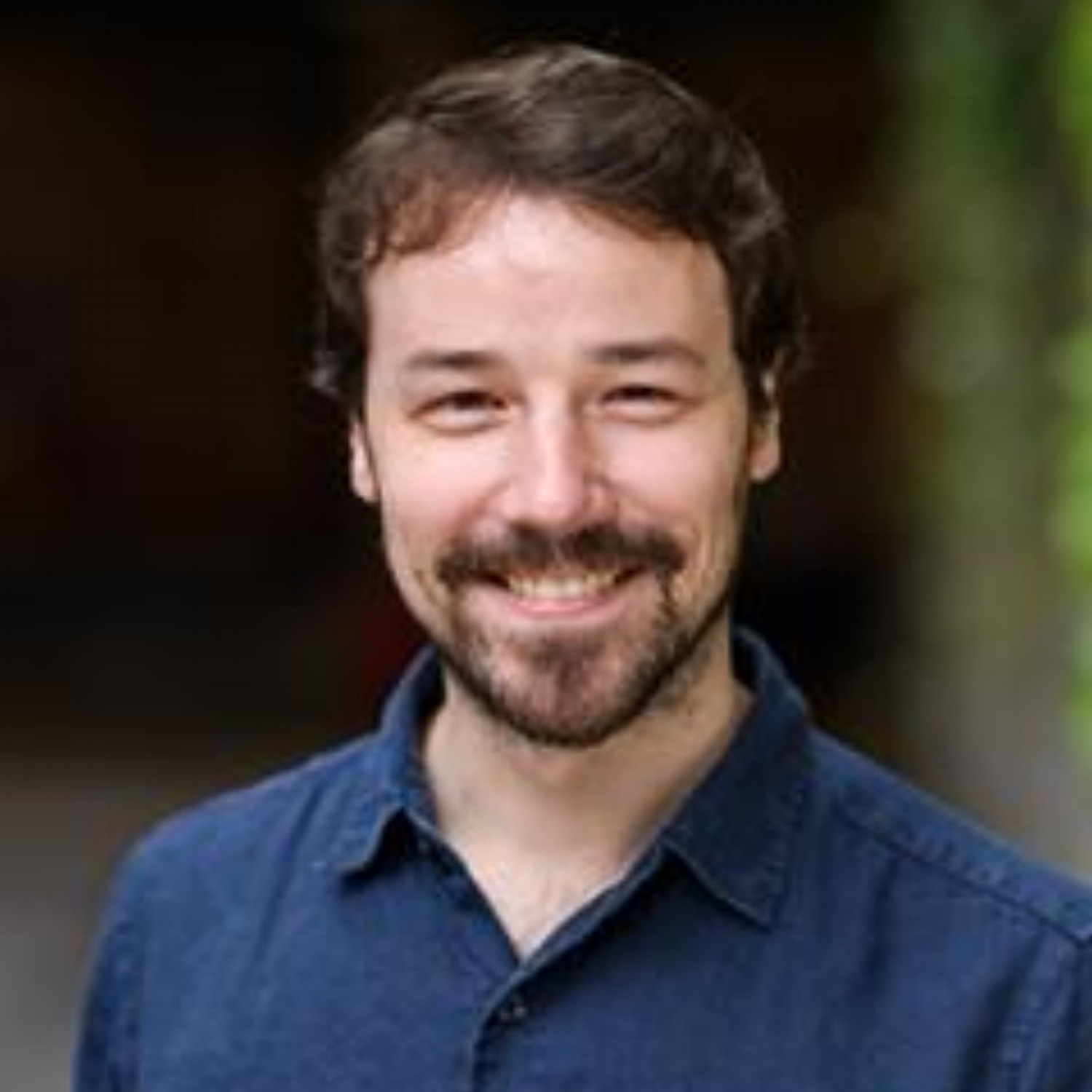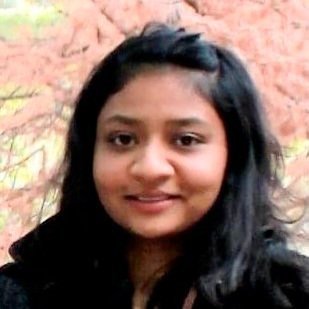LAB MEMBERS
Dr. Mary Caswell Stoddard (Cassie)
PRINCIPAL INVESTIGATOR
View my CV here.
Cassie is a Professor in the Princeton Department of Ecology and Evolutionary Biology. She joined the department in 2016. She is an Associated Faculty member in the High Meadows Environmental Institute, the Omenn-Darling Bioengineering Institute and the Lewis-Sigler Institute for Integrative Genomics. Cassie received her undergraduate degree from Yale University, where she researched avian vision and plumage color evolution at the Peabody Museum of Natural History. She received a Marshall Scholarship and an NSF Graduate Research Fellowship to study at the University of Cambridge, where she completed her PhD research. Cassie joined the Harvard Society of Fellows in 2012 as a Junior Fellow and was named a 2013 L’Oréal USA For Women in Science Fellow. She received a 2018 Alfred P. Sloan Research Fellowship, a 2018 Packard Fellowship and a 2022 Schmidt Science Polymath Award.
DR. BEN HOGAN
ASSOCIATE RESEARCH SCHOLAR
Ben received his BSc and PhD from the University of Bristol (UK), where his work focused on understanding if and how some forms of coloration could benefit animals in groups. This work was largely computer-based – wherein human ‘predators’ were tested on their ability to capture digital prey. Ben has also investigated the likelihood that murmurating European starlings gain protection from predators due to the confusion effect. Ben joined the Stoddard Lab in 2017 and has been involved in research on several fronts. These include investigating plumage color, color vision, and visual ecology of hummingbirds, quantifying Broad-tailed Hummingbird courtship dives, developing analytical pipelines for hyperspectral imaging, and exploring the evolution of egg patterns.
Dr. Sarah Solie
POSTDOC
Sarah is broadly interested in how visual perception informs animal behavior and is particularly excited by questions related to the perception of sexually selected visual signals. Sarah holds a B.A. in international relations from Mount Holyoke College as well as a B.A. in biology from the University of Montana. She completed her Ph.D. at Duke University, where her research examined visual perception and ecological correlates of variation in visual morphology in poeciliid fishes – a diverse family of neotropical freshwater fishes that includes several models for visual ecology research. In the Stoddard Lab, Sarah uses behavioral experiments as part of a project to better understand the mechanisms of color perception in wild hummingbirds.
Dr. ZIAN JIA
Postdoc
Zian’s research explores the mechanics of materials. He earned his PhD from Stony Brook University, where he studied the architecture of metamaterials. Zian completed his postdoctoral fellowship at Virginia Tech, where he delved into biological and bioinspired materials. Before joining the Stoddard Lab, Zian worked as a research scientist at Corning, specializing in bioinspired technology. He is interested in understanding how biological materials develop complex microstructures, how these microstructures work, and how similar principles can be applied to develop new technologies. In the Stoddard Lab, he uses mechanics theory, simulations, and materials prototyping to understand the mechanics, diversity, and evolution of eggs.
Rosalyn Price-waldman
POSTDOC
Rosalyn is interested in the optics, evolution, development, and genetics of pigmentary and structural colors in feathers. As a Ph.D. student in the Stoddard Lab, she studied how vibrant colors in plumage are produced by interactions among nanostructures, pigments, microstructures, and separate layers of plumage, with an emphasis on colorful tanagers in the genus Tangara. Prior to her PhD, she received a B.A. from Brown University, where she studied bat flight and ocean geochemistry, and an M.S. from San Diego State University, where she studied phylogenetics, trait evolution, and speciation in the tanagers.
Kristina Fialko
POSTDOC
Kristina's research investigates how animals use color and motion to communicate and why these traits vary between closely related species. She earned her B.S. from the University of California, Berkeley, where she worked as a curatorial assistant in the bird and egg collection at the Museum of Vertebrate Zoology. She completed her Ph.D. at the University of Chicago, where she studied how different species of leaf warblers integrate color and motion into their territorial displays and whether differences in their forested breeding habitats shape variation in visual signals. In the Stoddard Lab, she is applying imaging techniques to characterize the sensory landscapes of animals in order to better understand how the visual environment shapes signal perception and evolution.
Audrey MilleR
PhD STUDENT
Audrey received her B.S. in Biology from The College of New Jersey in 2015, after which she worked as a research technician on multiple long-term research projects. In 2017, Audrey joined the Stoddard Lab as a research specialist. For her graduate work, Audrey is interested in understanding how time and space affect color signaling and perception. This is essential for understanding the functional significance of visual signals and how they may have evolved. How do the temporal and spatial dimensions of visual signals change the perceptual experience of a signal receiver? How do time and spatial components of visual signals scale up to group-level interactions, like collective behavior and motion? Audrey plans to investigate these questions by bridging classical behavioral ecology and visual modeling with computational imaging methods like photogrammetry, motion tracking, and 3D animation.
David ocampo
PhD STUDENT
David has broad interests in the natural history, behavioral ecology, and evolutionary diversification of avian life histories. He received his BA from Universidad de Antioquia (Colombia), where he studied cooperative breeding behavior and nest predation for several bird species associated with rivers. Then, for his MS in the Universidad de los Andes (Colombia), he studied adaptive variation in eggshells across elevational gradients in the Andes. After performing extensive fieldwork in long-term research projects and being a curator in the birds and eggs collection at the Instituto Humboldt in Colombia, he joined the Stoddard Lab. He is exploring avian eggshell evolution, with a focus on how trait evolution influences patterns of ecological diversity.
Katja Kochvar
PhD STUDENT
Katja is primarily interested in the adaptive functions of complex, dazzling displays. She began work in avian communication at Duke University, where she received a B.S. in Biology and studied song sparrow auditory signals. She then went on to earn a Master's of Science degree at the Memorial University of Newfoundland, where she investigated the potential function of colorful bills in Atlantic puffins. In the Stoddard Lab, she plans to combine her areas of expertise and explore the perception of multimodal signals in hummingbirds.
Mariana Quintero
PhD STUDENT
Mariana is primarily interested in the trade-offs shaping phenotypic adaptations, well as the evolution of feather structure and coloration patterns. She received her B.S. in Biology from Universidad Icesi (Colombia), where she studied the effect of temperature and rainfall on the morphology of feathers of tropical birds. She joined the Smithsonian NMNH as an NHRE intern to study how birds absorb heat from sunlight through the colors of their feathers and then went back to Colombia to work as a research associate on multiple projects. Then, for her MS at Icesi University (Colombia), she focused on data science and application of machine learning and deep learning in biology. With this knowledge, she plans on using ML and DL to identify patterns in both the structure and colors of feathers. In the Stoddard Lab, she plans to combine data science and biology to further understand the evolution and development of feather coloration patterns, as well as their micro- and macrostructure.
Lazarena Lazarova
Lab Manager and outreach coordinator
After graduating from Princeton in 2021 with her B.A. in Ecology and Evolutionary Biology, Laz joined the Council on Science and Technology as a Tiger Fellow & Coordinator and later, STEM Initiatives Consultant. Through those roles, she supported the team’s mission of “advancing STEM literacy on campus and beyond” by organizing seminars for Princeton students, mentoring the CST’s Student Advisory Board, and facilitating connections between the CST and campus organizations, receiving a 2022 Tiger Award for her contributions. These experiences, alongside her fascination with the beautiful world of birds, make Laz enthusiastic to be joining the Stoddard Lab as a lab manager and outreach coordinator, where she will be able to support all members of the lab in their researchand make the university campus a more bird-friendly space.
LAB ALUMNI
DR. DERYA AKKAYNAK
POSTDOCTORAL RESEARCH ASSOCIATE
Now a PI at the University of Haifa, Israel
Derya received her PhD from the Joint Program between MIT and Woods Hole Oceanographic Institution in Mechanical Engineering and Oceanography. She joined the Stoddard Lab in 2018 after a 2.5 year post-doc in Israel where she worked on underwater imaging and computer vision problems. She is interested in building new camera hardware and software for answering specific questions in avian visual ecology.
Monica Carlson
PhD Student - FLEDGED IN 2023
Now at the New Jersey Department of Environmental Protection
Monica is fascinated by phenotypic diversity, especially plumage color and pattern in birds, and is interested in how this diversity arises. What selective forces contribute to a species displaying a particular plumage pattern? What phylogenetic, developmental or other constraints are at play? Monica is currently exploring these types of questions in woodpeckers. Learn more about Monica’s work on her website.
Klara NordÉn
PhD Student - FLEDGED IN 2023
Now working in industry in Switzerland
Klara’s background is in paleontology. She received her BSc and MSc at the University of Bristol (UK), where she became fascinated by bird coloration while working on a project to detect iridescence in fossil feathers. Klara’s current research interests lie in understanding the diversity and evolution of iridescence, which produces some of the most varied and vibrant colors of the natural world. Klara applies a multidisciplinary approach to her work, combining optics, biomechanics, visual modelling and macroevolution to understand how color evolves in birds – and other dinosaurs. Learn more about Klara’s work on her website and check out her podcast, Specimen Stories.
Jarome Ali
PhD Student - FLEDGED In 2023
Now a Postdoc at New York University
Jarome is interested in understanding the origin of biological diversity and in finding ways to quantify this diversity. In the Stoddard Lab, Jarome is exploring plumage color evolution — especially in parrots — and is developing new tools for objectively comparing colorful phenotypes. Overall, Jarome hopes to gain insights into the diverse processes that make the natural world so colorful. Check out Jarome’s website.
DR. THILINA DE SILVA
POSTDOC
Now a Research Fellow at the University of Utah
Thilina is an ornithologist and evolutionary biologist investigating modern global avian diversity. He received his BS from the University of Peradeniya (Sri Lanka) and PhD from the University of Kansas. His dissertation focused on the phylogeny and evolution of weaverbirds (family Ploceidae), a diverse group of predominantly Afrotropical passerines. Thilina’s research explores how species ecology has historically influenced dispersal and diversification in birds. Thilina joined the Stoddard Lab in Fall 2021 and is researching avian eggshell evolution in Paleognaths and select passerine subclades. Thilina uses molecular phylogenetics, comparative phylogenetic methods, ecological niche modeling and biogeography to understand macroevolutionary origins of bird diversity.
Dr. Sumudu Fernando
POSTDOC
Now at the University of Utah
Sumudu has broad interests in behavior, ecology, and evolution, primarily in birds. More generally, she is interested in studying the evolutionary processes that shape the immense biodiversity on Earth. She received her PhD from the University of Kansas, where she studied the evolutionary history of the family Corvidae, focusing on phylogenetics, biogeography and niche evolution. In the Stoddard Lab, she is exploring the role of sensory and behavioral ecology in the diversification process of the family Cisticolidae and other avian groups.

















